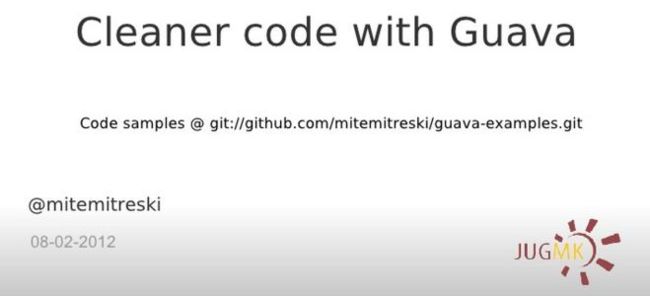com.google.common.base.Strings
官方文档:Strings
Static utility methods pertaining to String or CharSequence instances. 为String和CharSequence的实例提供一些静态工具方法
1、repeat方法
/**
* Returns a string consisting of a specific number of concatenated copies of an input string. For
* example, {@code repeat("hey", 3)} returns the string {@code "heyheyhey"}.
*
* @param string any non-null string
* @param count the number of times to repeat it; a nonnegative integer
* @return a string containing {@code string} repeated {@code count} times (the empty string if
* {@code count} is zero)
* @throws IllegalArgumentException if {@code count} is negative
*/
public static String repeat(String string, int count) {
checkNotNull(string); // eager for GWT.
if (count <= 1) {
checkArgument(count >= 0, "invalid count: %s", count);
return (count == 0) ? "" : string;
}
// IF YOU MODIFY THE CODE HERE, you must update StringsRepeatBenchmark
final int len = string.length();
final long longSize = (long) len * (long) count;
final int size = (int) longSize;
if (size != longSize) {
throw new ArrayIndexOutOfBoundsException("Required array size too large: " + longSize);
}
final char[] array = new char[size];
string.getChars(0, len, array, 0);
int n;
for (n = len; n < size - n; n <<= 1) {
System.arraycopy(array, 0, array, n, n);
}
System.arraycopy(array, 0, array, n, size - n);
return new String(array);
}
repeat方法用来对一个字符串进行count次的重复,返回生成的字符串。
这里最难理解的地方在copy这个部分。
首先需要理解System.arraycopy(char[] a, int s1, char[] b, int s2, int len)方法的参数和意义:
这个方法用于数组间的拷贝,a是源数组,b是目的数组,s1是源数组的其实位置,s2是目的数组的起始位置,len是copy的长度。string.getChars(0, len, array, 0)
先把要repeat的字符串放在数组的开头,copy一份。成倍复制,指数递增:
n<<=1 表示将n左移一位,再将值赋给n,相当于使n乘2。这里的for每一次都会吧array中已经有字符的一部分再拷贝给自己,速度是指数增长的,效率高。
循环结束条件是:n
